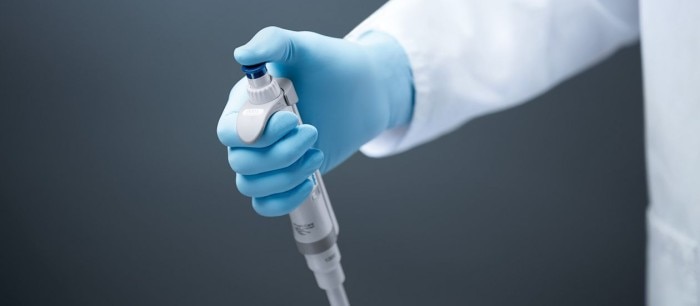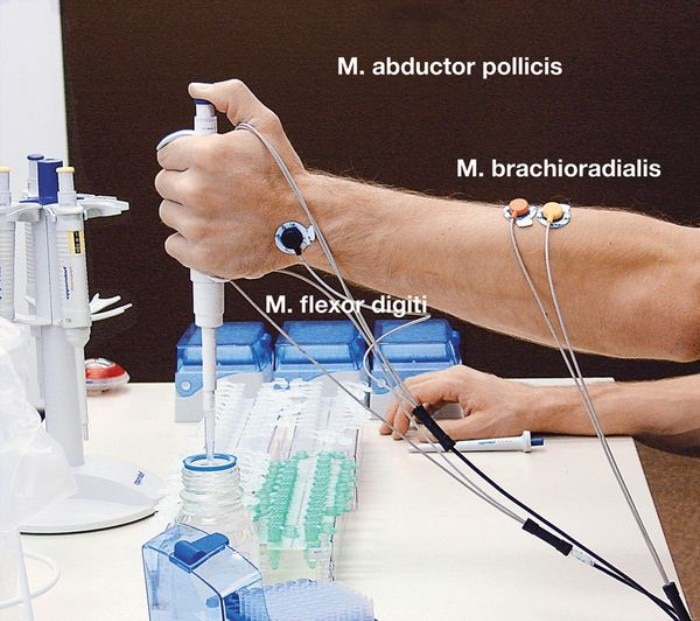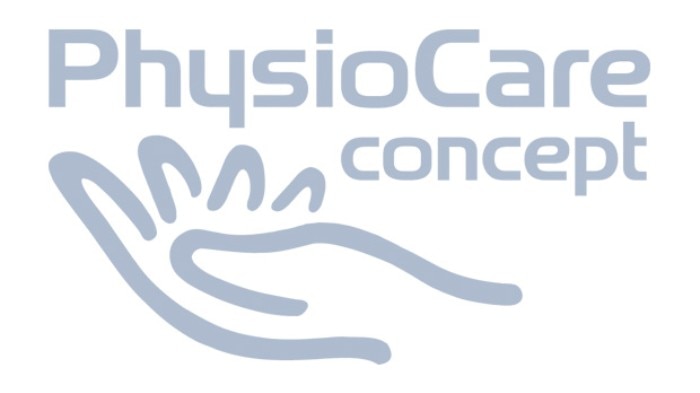MENU
FI | EUR
-
-
-
- Forum Labo 2025
- Advanced Therapies Week (ATW) 2025
- SLAS Europe 2025
- Medlab Middle East 2025
- Biologics World Nordics 2025
- Bioprocessing Summit Europe 2025
- BioProcess International Europe 2025
- ASIA LABEX: The Lab Show 2025
- SLAS International 2025
- ISEV 2025
- Future Labs Live 2025
- DataHow Symposium 2025
- Cell 2025
-
-
-
- Forum Labo 2025
- Advanced Therapies Week (ATW) 2025
- SLAS Europe 2025
- Medlab Middle East 2025
- Biologics World Nordics 2025
- Bioprocessing Summit Europe 2025
- BioProcess International Europe 2025
- ASIA LABEX: The Lab Show 2025
- SLAS International 2025
- ISEV 2025
- Future Labs Live 2025
- DataHow Symposium 2025
- Cell 2025
FI | EUR
-
- Benchtop Centrifuges
- Floor-Standing Centrifuges
- Refrigerated Centrifuges
- Microcentrifuges
- Multipurpose Centrifuges
- High-Speed Centrifuges
- Ultracentrifuges
- Concentrator
- IVD Products
- High-Speed and Ultracentrifuge Consumables
- Centrifuge Tubes
- Centrifuge Plates
- Device Management Software
- Sample and Information Management
No results found
Search Suggestions

Even the Smallest Things Have an Impact on Ergonomics
Beyond Science
Have you ever wondered why the control button of your manual pipette is as long as it is? Good control button ergonomics provides for a design which is as short as possible so that the thumb does not have a long working distance, yet as long as necessary so that good liquid level control is ensured. The working distance of the thumb is influenced by the length of the control button, the position of the hand rest on the handle and the handle thickness. You guessed it: the ergonomics of a pipette is surprisingly complex!
Let's look at the topic of the control button for a moment longer. The thumb is the main operator when pipetting. It makes sense, therefore, to look more closely at it in terms of ergonomics. Our thumb feels most comfortable when it:
It is, therefore, clear that many factors interact in the case of a handheld device such as the pipette. If just one factor is not ergonomic, it may mean that the ergonomics of the other factors is no longer effective. Operation may then be regarded as unpleasant. Thus, for example, low operating forces may be felt as unpleasant if the contact surface of the thumb is too small because the pressure is not spread over a large area.
- does not have to work at sharp angles
- does not have to stretch too much
- is not subjected to high operating forces
- meets an operating control with a wide contact surface.
It is, therefore, clear that many factors interact in the case of a handheld device such as the pipette. If just one factor is not ergonomic, it may mean that the ergonomics of the other factors is no longer effective. Operation may then be regarded as unpleasant. Thus, for example, low operating forces may be felt as unpleasant if the contact surface of the thumb is too small because the pressure is not spread over a large area.
Read more
Read less

The situation regarding the other operating controls of a pipette is just as complex, e.g., the volume setting. A smooth volume setting seems sensible at first. However, the lack of haptic feedback indicating the volume has been set (or even becomes misadjusted during dispensing), makes a smooth volume setting questionable. Generally speaking, the volume setting is often underestimated. Yet it is one of the most used operating controls of the pipette! The volume display should be positioned so that it is always visible. If it is placed on the wrong side, it is hidden by the hand. In order to view the volume display, the hand then has to be inclined at a sharp angle. Sharp angles in particular cause a high level of strain and are an indicator of poor ergonomics. Readability is also a key component in the ergonomics of the volume setting: the volume display should be intuitively readable, for both left-handed and right-handed users. There are still pipettes on the market which exclude left-handers because they have to read the volume upside down.
There are also factors beyond direct human-pipette interaction that play an important role. Contributing to cognitive ergonomics, the color coding of pipette and tip prevents incorrect operation. In terms of workflow ergonomics, the accessibility of information about the product is an important aspect. Accordingly, the operating manual should be easy to understand and available in as many languages as possible. Does the manufacturer provide information on decontamination or chemical resistance or do you need to spend a long time searching for it and thus interrupt your workflow?
Pipettes are the main tools in the laboratory. They should not only be characterized by a low weight or the ease of operation of individual elements, but they should excel in the totality of their ergonomic features. Read UserGuide 46 to find out more about how an ergonomic pipette should be constructed.
There are also factors beyond direct human-pipette interaction that play an important role. Contributing to cognitive ergonomics, the color coding of pipette and tip prevents incorrect operation. In terms of workflow ergonomics, the accessibility of information about the product is an important aspect. Accordingly, the operating manual should be easy to understand and available in as many languages as possible. Does the manufacturer provide information on decontamination or chemical resistance or do you need to spend a long time searching for it and thus interrupt your workflow?
Pipettes are the main tools in the laboratory. They should not only be characterized by a low weight or the ease of operation of individual elements, but they should excel in the totality of their ergonomic features. Read UserGuide 46 to find out more about how an ergonomic pipette should be constructed.
Read more
Read less
Related links
- Webinar: Serving ergonomics – 3 steps to healthy working
- Ergonomic aspects of lab products
- Learn more about ergonomics
Read more
Read less


